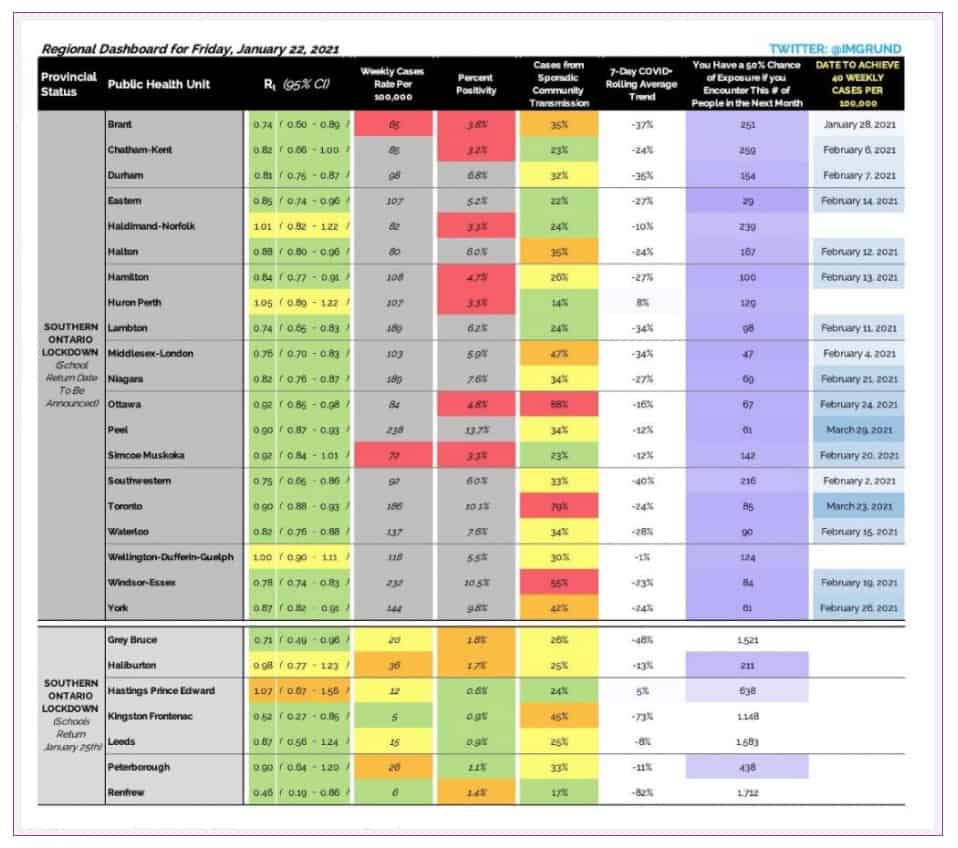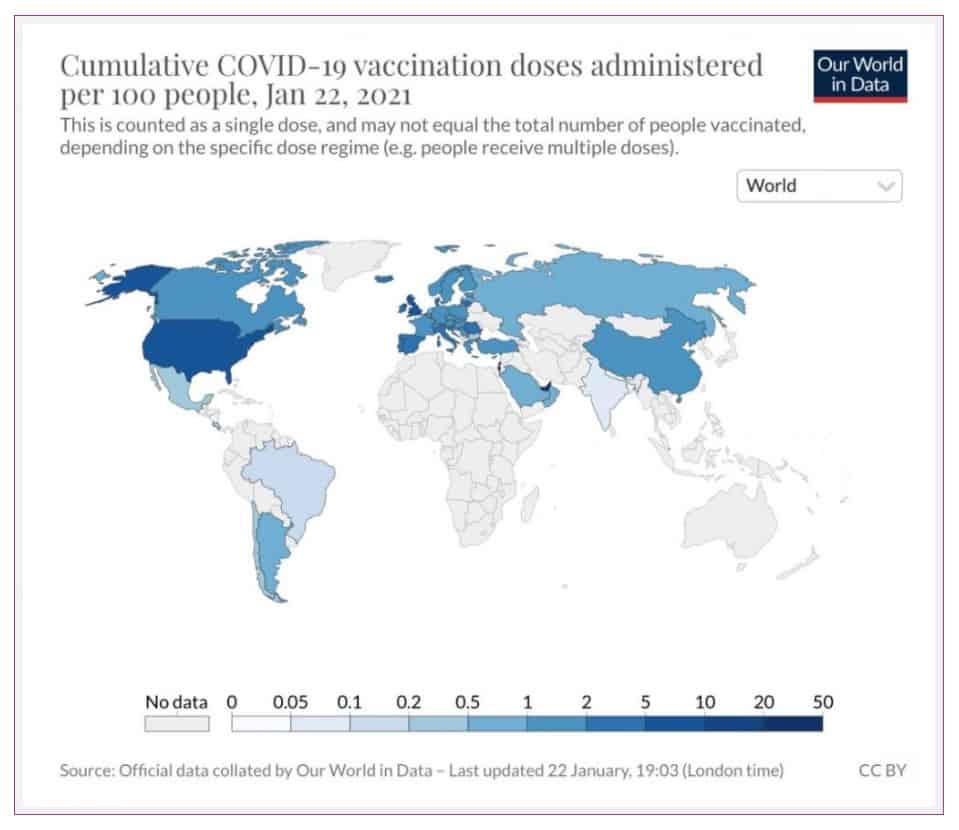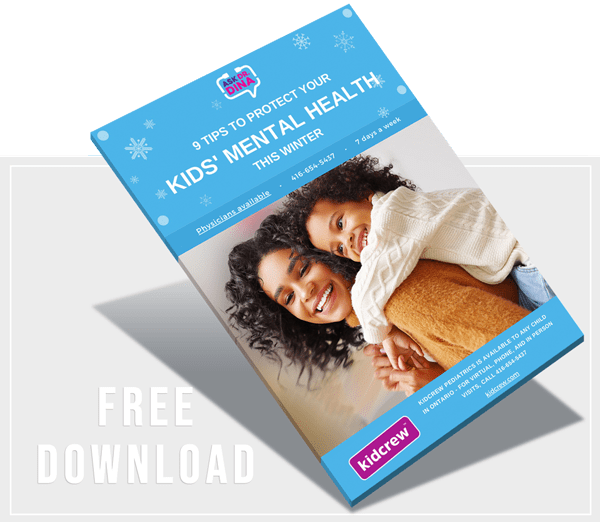Hello Friends!
Welcome back to our weekly review of how we are doing.
At the moment, I just write about the pandemic.
Though I sure hope I will be writing about other more exciting topics soon!
Thank you for your support over these last weeks. It is a stressful time for all of us, and I value your kind words greatly.
This past week I celebrated my birthday.
It wasn’t the birthday I am used to.
I am used to multiple meals out with family and friends.
Parties. Hugs. Singing.
It was not that kind of birthday at all, but it was delightful.
More on that in my silver linings below.
First, I’ll share the bad news, then the good news, and my silver lining for the week.
I always welcome you to share this newsletter with family and friends, as I often hear it is valued. They can sign up themselves here as well.
Dr. Dina, what is the bad news this week?
The terrible news is that COVID-19 has killed over 400,000 people and infected more than 25 million in the United States alone.
This, according to data from Johns Hopkins, is the highest infection rates of anywhere in the world,.
The U.K. variant of COVID-19, which we understand is more easily transmissible, has been detected in at least 20 U.S. states.
In good news, the current vaccines seem to be effective against the strains we see right now.
And the vaccines can be modified quite easily to control new versions as they mutate. Fingers crossed.
Canada had reported around 740,000 cases of COVID-19, with around 19,000 deaths.
Prime Minister Trudeau says that we will receive four million Pfizer doses by the end of March.
As we discussed last week, there are no shipments this week due to manufacturing and shipping delays.
This is not ideal as we need to ramp up vaccines’ delivery, especially to those at the highest risk, such as residents in long-term-care homes.
Vaccine delivery is critical as COVID-19 ravages long-term-care homes.
A recent outbreak in a Barrie long-term care home, with 55 people becoming ill within 48 hours of the first case being identified.
This is fast spread and maybe from a more contagious variant.
A variant strain has yet to be determined.
Will people be restricted from traveling soon?
Prime Minister Trudeau says the government is considering mandatory quarantine for travelers returning to Canada from travel abroad.
Travelers would quarantine in hotels for 14 days. It is not a good time to travel.
Please don’t travel.
Trudeau says, “My message to Canadians remains clear, no one should be taking a vacation abroad right now. Don’t book a trip for spring break.”
What is the good news?
I almost don’t want to write this, as I feel when it is reported that the case rate is down, some people act stupidly (and selfishly), but our 7-day average of daily cases dropped to around 2700.
There have been 11 days of decreases.
However, I want to caution that TONS of tests are pending, and the number of people testing seems to be going up again, which doesn’t bode well.
Notably, of the 710,000 or so cases reported in Canada to date, around 110,000 (or 16%) are in people 19 years and younger.
I remind you COVID-19 is not only an illness affecting the elderly.
Children do get COVID.
They don’t get as sick and rarely require hospitalization, and very rarely die, but they can get it and can pass it on.
Many schools in Ontario and across Canada are closed as a way to control the spread of COVID-19.
There is much debate about whether schools should remain open or close, which we have reviewed in previous newsletters.
While school closures have led to a slowing of new infections, we know that closing schools places a significant burden on kids and families.
We have seen a rise in mental health concerns such as depression and anxiety and a delay in medical care for non-COVID-related illnesses, and fewer kids are staying up-to-date with routine vaccines.
The Hospital for Sick Children released their updated Guidance for School Operation during the pandemic this week.
In it, they recommend that in-person school resume as quickly as possible.
They recommend that schools be the last thing to close and the first thing to open, which I echoed in previous newsletters.
Essentially, they suggest emphasis be placed on reducing community transmission and strengthening measures to mitigate the risk of COVID-19 in schools.
Robust testing and contact tracing methods need to be followed.
Infection control measures need to be maintained.
These are things we know – minimizing class sizes, cohorting, increasing ventilation, maintaining distance, hand hygiene, and masking.
And importantly – staying home if sick.
An in-person school model provides consistency and stability for kids (and caregivers).
Importantly, it also helps provide equity.
We have spoken at length about the clear evidence that COVID-19 highlights inequalities in the disease’s social and economic burden, with higher infection rates and burden for marginalized and racialized communities.
Educational disparities and barriers to virtual learning may also be more pronounced for these families.
Many families do not have access to computers or tablet technology, or broadband to access online education.
We need to mindfully address these inequalities by providing targeted support to disadvantaged and vulnerable families, communities, and schools.
School closures do not affect all of us equally.
Not even close.
The brilliant Ryan Imgrund shared this week the following table that demonstrates the numbers supporting a return to in-person school.
In York and Ottawa, this in mid-February.
In Peel and Toronto, this is after March Break.
A LONG time from now.
We have to get this pandemic under control if we want to have our kids back to school and avoid another lockdown.
This lockdown is hard enough; we certainly don’t want to return to school and end up right back in this situation again in a few months.

How is the vaccine working?
We spoke recently about Israel’s push to vaccinate their population above 60 years of age, and fast!
They are an excellent country to follow to see how effective this strategy is.
So far, the data looks promising: data from Maccabi HMO suggests about 60% reduction in infections in adults over the age of 60 (13-23 days after the first dose).
One crucial point, though: people who get vaccinated tend to live in cities with lower infection rates (think more privileged, less vulnerable).
More data to come.

What else do I need to know about COVID-19 vaccines?
I have been compiling a ton of Q and A about COVID-19, and you can check them out here.
One crucial point is how the vaccine is being rolled out around the world.
Last week, we discussed how some countries had received zero doses, and other countries, like the U.S., have received millions.
Here this is in picture form.

When we speak about vulnerable populations, I would be remiss not to point out the global vaccine strategy.
As a global citizen, this makes me sad.
We can do better.
And if we want to control this illness, we do have to vaccine the world.
We should start with those at the highest risk, not entire countries with no real strategy.
Vulnerable and high-risk people should be vaccinated first while continuing to practice proper public health strategies we all know (and love?).
We will get to everyone, but it will be more efficient and effective if the goal is to prevent death, ICU visits, and hospitalizations.
Alright, what is my silver lining for the week?
I celebrated my birthday this past week.
It was different for sure.
It was quiet.
For the first time in my life, I didn’t leave the house.
I have never taken a day off school or work for my birthday.
This year I felt I needed a day.
I needed a day not to see patients and just be.
I never do this.
Ever.
As many of you know, I broke my femur last year, overtraining for a marathon (which I ran, like a lunatic, with, what I later found out, was indeed a broken femur).
I came to work, albeit with crutches, the next day.
After surgery to fix this broken bone three months later, I returned to work two days after (with a shiny metal rod in my femur forever on) to care for patients.
That is how I roll (or walk?).
So, you can imagine it is unusual for me to take time off.
But this year, I did.
I went for a 10 km run in the AM (yep, the miracle of science and medicine allows me to run a year post-op!) and had a bath (this is not me, but it was lovely), and I lay in bed all day.
I did do some work.
I did some reading.
I hung out with my kids.
I received many hundreds of messages of love and support from friends and family, and you!
I had a fabulous meal at home with my husband.
It was enjoyable and rejuvenating beyond expectations.
It filled my soul.
I tell you this because I think YOU should take some time for you.
You may not have a full day, but you can scrape together a few minutes, or even better, an hour, for you.
Alone if you can.
In quiet if you can.
Because life is crazy right now.
Anxiety-provoking.
Stressful.
Noisy.
Busy.
Homeschooling is not what we know.
It’s not what most of us want.
And it is a considerable burden.
And it’s ok to admit that.
It’s ok to say this sucks, and we want it to end.
It’s ok to want to get away from our kids for a bit.
It’s ok not to want to teach them, or entertain them, or to want your own space.
Do me a favor.
For real.
No one is watching.
Close your eyes.
Picture what your dream time by yourself looks like.
I bet it isn’t fancy.
I bet many of you picture your bed. And silence. And no kids around.
I bet it is as simple as that.
It was for me.
Now think about how you can make that dream possible for literally an hour.
Could you ask your partner for help?
Do you have another adult in your bubble who can help?
I genuinely want every one of you to make that vision happen this week for my birthday wish.
And I want to hear about it.
I want you to post on social media and tag me.
Or send me a D.M.
Or reply to this newsletter.
I want to hear about your moments in calm.
And how it made you feel.
How it might change your perspective.
Do it for me.
Do it for you.
Do it for your kids and your partner, and your loved ones.
Stay healthy and safe, friends.
See you next week

XO
Dr. Dina
Download this free resource – 9 Tips To Help Protect Your Kids’ Mental Health



![[Dr. Dina News] IMPORTANT UPDATE re. VIRTUAL CARE](https://drdina.ca/wp-content/uploads/2021/01/dr-dina-kulik-kids-and-virtual-care-1a-400x250.jpg)
![[Dr. Dina News] COVID-19 Vaccine for Infants and Young Children.](https://drdina.ca/wp-content/uploads/2021/04/dr-dina-kulik-kids-and-vaccines-400x250.jpg)
![[Dr. Dina News] COVID-19 Vaccine for Infants and Young Children.](https://drdina.ca/wp-content/uploads/2022/04/DRD-1-400x250.jpg)






